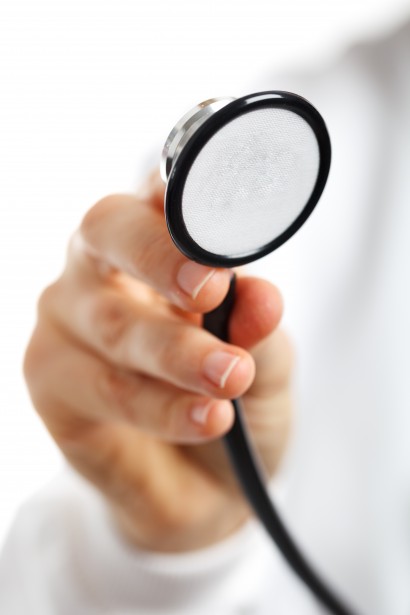

Hair loss is a constant event in the life of a dog. With the exception of some breeds that tend not to shed much, most dogs shed enough to make weekly sweeping or vacuuming a necessity. But when your dog loses so much hair that areas of bare skin are exposed, something is definitely wrong.
Wearing rubber gloves, slowly and carefully look over your dog's coat for other bald spots. It's helpful to speak softly to your dog and gently rub him with one hand while checking his fur for bald spots with the other hand.
Reasons for hair loss are numerous, but by answering a few simple questions you should be able to figure out the source of the problem.
Is the hair loss generalized, patchy, or confined to one small area? Generalized hair loss usually indicates a more systemic problem. Endocrine disorders such as hypothyroidism are commonly associated with hair loss that involves significant areas of the body, often in a bilaterally symmetric pattern. (This means, for example, your dog has one bald spot on his left shoulder and a similar one on his right shoulder.) If you observe such a pattern, you'll need to take your dog to his vet for blood testing.
Patchy areas of hair loss may be due to a variety of sources, including infection or parasite infestation. These will also require a visit to the vet.
A single, isolated bald spot could be due to a simple injury (see below) or the first noticeable lesion of a more dramatic problem. Monitor the spot and consult your vet if it looks suspicious or if more spots appear.
Does your dog have an injury? A common reason for the loss of hair in a particular area or isolated spot is an injury. The injury itself can cause hair loss, and the compulsive licking of the site of the injury performed by most dogs will remove hair as well. In such instances it may be necessary to treat the injury and protect it from further attention by your dog. Cover the injury with a bandage and place an Elizabethan collar on your dog to keep him from licking the wound. You can buy this type of collar at most pet supply stores.
Methods for treating the injury can vary tremendously depending on the severity of the wound. You can probably treat superficial scratches and abrasions at home. If they don't respond well, your vet's help should be sought. Take any puncture or laceration seriously because it may represent a more dramatic injury than you think and have a way of getting worse in a hurry.
Does your dog have a rash? A rash or other irritation can directly affect the health of hair follicles, resulting in hair loss. The discomfort the dog feels from the area will usually prompt him to lick or scratch, making things worse. Again, treat the problem, but be sure to protect the area from further trauma by the patient!
Is the bald area clearly defined with a distinct round to oval shape? Such bald areas are often the result of ringworm, a highly contagious fungal infection. The exposed skin is usually slightly scaly and a bit shiny. See your vet for the appropriate testing (and be happy you were wearing your gloves!). If members of your family develop dry, itchy spots on their skin as well, they should be seen by a doctor immediately.
Is there any moisture or discharge in the area? Licking alone could cause a bald area to be moist, but look more closely for signs of discharge. Blood is a sign of injury, and pus is a sign of infection. You can clean mild abrasions and excoriations with an antiseptic such as hydrogen peroxide, but anything more serious should be seen by a professional. Your dog may need antibiotics.
It is important to wear disposable rubber gloves when examining bald spots! Sometimes they can be caused by ringworm, which is highly contagious, even to people.
 A Look At Realistic Advice Of Health Insurance
4 Disclaimer For more information kindly visit : Trends a
A Look At Realistic Advice Of Health Insurance
4 Disclaimer For more information kindly visit : Trends a
 Acute Painful Abdomen in Cats
An acute abdomen is an emergency that can lead to
Acute Painful Abdomen in Cats
An acute abdomen is an emergency that can lead to
 Acute Moist Dermatitis (Hot Spots) in Dogs
A hot spot is a warm, painful, swollen patch of s
Acute Moist Dermatitis (Hot Spots) in Dogs
A hot spot is a warm, painful, swollen patch of s
 Aggression, Biting, and Rough Play in Cats
All kittens and young cats need to play. Play is n
Aggression, Biting, and Rough Play in Cats
All kittens and young cats need to play. Play is n
 My Dog Has a Bald Spot
Hair loss is a constant event in the life of a dog. With the
My Dog Has a Bald Spot
Hair loss is a constant event in the life of a dog. With the
Copyright © 2005-2016 Pet Information All Rights Reserved
Contact us: www162date@outlook.com